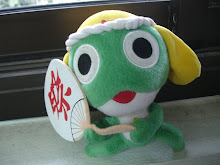 Birth name--- Leonardo di Ser Piero
Birth name--- Leonardo di Ser Piero
Died
Nationality
Field
Movement
Works
Leonardo da Vinci
the illegitimate son of a notary, Piero da Vinci, and a peasant woman, Caterina, at Vinci in the
region of Florence, Leonardo was educated in the studio of the renowned Florentine painter,
He later worked in Rome, Bologna and Venice, spending his final years in France at the home
seemingly infinite curiosity was equalled only by his powers of invention. He is widely
considered to be one of the greatest painters of all time and perhaps the most diversely talented
person ever to have lived.
It is primarily as a painter that Leonardo was and is renowned. Two of his works, the Mona Lisa
and The Last Supper, occupy unique positions as the most famous, most reproduced and most
parodied portrait and religious painting of all time, their fame approached only by Michelangelo's
his paintings survive, the small number due to his constant, and frequently disastrous,
experimentation with new techniques, and his chronic procrastination. Nevertheless, these
few works, together with his notebooks, which contain drawings, scientific diagrams, and his
thoughts on the nature of painting, comprise a contribution to later generations of artists only
As an engineer, Leonardo's ideas were vastly ahead of his time. He conceptualised a helicopter, a
of plate tectonics. Relatively few of his designs were constructed or were even feasible during his
lifetime,but some of his smaller inventions, such as an automated bobbin winder and a
machine for testing the tensile strength of wire, entered the world of manufacturing unheralded.
As a scientist, he greatly advanced the state of knowledge in the fields of anatomy, civil









ไม่มีความคิดเห็น:
แสดงความคิดเห็น